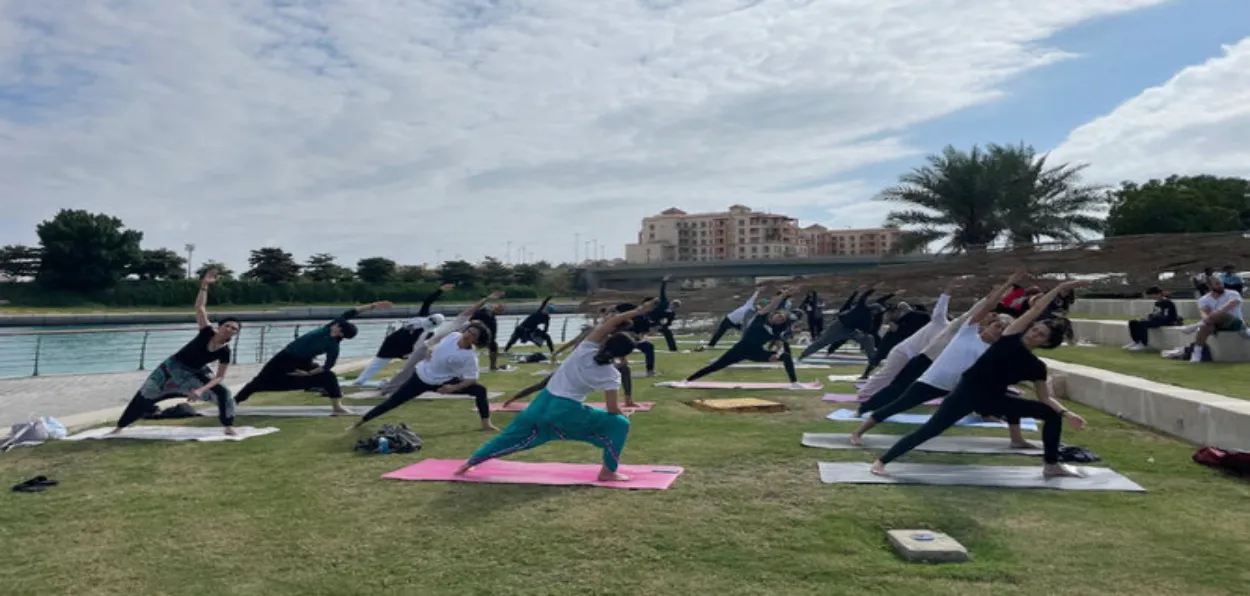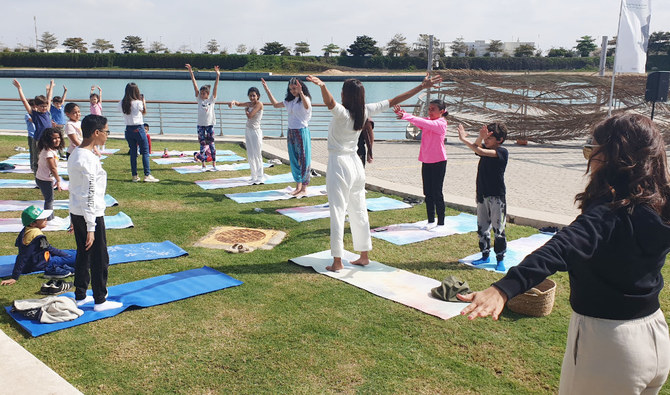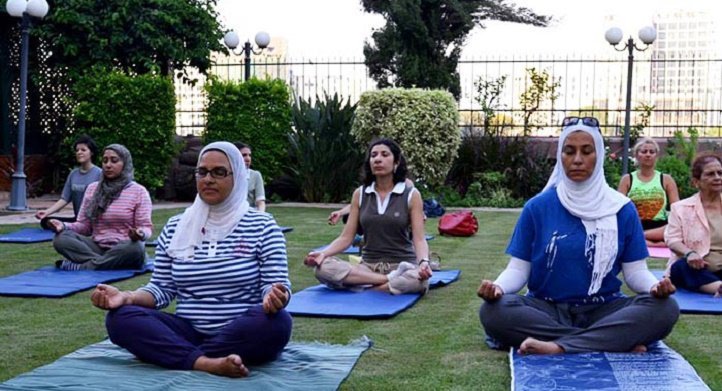
 Mujeeb Rahman
Mujeeb Rahman
Yoga originated thousands of years ago in ancient India, where it was practiced as a means of achieving balance and harmony between body, mind, and spirit. Epistemologically, yoga arose from a set of ancient texts known as sutras and shastras, which contained teachings on philosophy, meditation, and physical exercise.
Among the important books in establishing yoga are the Yoga Sutras of Patanjali. This text is considered one of the most important texts in yoga philosophy. Patanjali established the rules of yoga, which deal with meditation, controlling the mind, and achieving spiritual unity in the Bhagavad Gita. Although it is not necessarily a direct book on yoga, the second part of this classic Indian text deals with topics related to philosophy and spiritual works that are closely related to yoga practices. These texts form the core of traditional yoga teachings and contribute to guiding practitioners towards balance and spiritual fulfillment.
Today, yoga is considered a comprehensive system incorporating breathing, meditation, and physical exercises, which aim to promote health, inner peace, and self-awareness. In recognition of its universal appeal, on 11 December 2014, the United Nations declared 21 June as International Yoga Day under Resolution 69/131. Yoga is now considered India's most precious and priceless gift to the world.
The popularity of yoga has transcended geographical and cultural boundaries to become a global phenomenon, including in Arab countries where its popularity continues to grow. This article explores the factors contributing to the popularity of yoga in Arab countries, its impact on individuals and societies, and the cultural adaptations that have taken place.
 Padma Shri Nauf Marwaii, Saudi Arabi's first Yoga instructor
Padma Shri Nauf Marwaii, Saudi Arabi's first Yoga instructor
First, yoga's appeal in Arab countries can be attributed to its holistic approach to health and wellness. As mental health awareness is increasingly recognized, yoga's emphasis on mindfulness, meditation, and relaxation techniques has played a large role in its growing popularity. The practice offers relief from the pressures of modern life and promotes inner peace and psychological and spiritual balance, which is highly valued in Arab cultures that prioritize spiritual and emotional well-being.
Second, yoga's physical benefits have contributed greatly to its popularity. With the growing emphasis on fitness and healthy lifestyles across the Arab world, yoga offers an effective and efficient way to improve flexibility, strength, and overall physical health. This realization has led to the establishment of many yoga studios, classes, and centers in cities such as Dubai, Abu Dhabi, Cairo, and Beirut, catering to a diverse demographic ranging from young professionals to retirees.
There are also Arab festivals such as the Dubai Yoga Festival, the Abu Dhabi Yoga Festival, and yoga competitions in Egypt and other Arab countries, all of which serve to spread yoga and increase its popularity in Arab society.
Furthermore, the cultural adaptation of yoga in Arab countries has played a significant role in its acceptance and integration into daily life. While maintaining the core principles of yoga, yoga has been adapted to conform to Islamic values and traditions. This includes incorporating Arabic into teaching, adapting yoga postures to respect cultural sensitivities regarding modesty, and incorporating Islamic spirituality into meditation practices.
Such modifications have made yoga accessible and of practical benefit to Arab communities, increasing a sense of inclusivity and cultural sensitivity.
 Saudi Arabia's Yoga festival
Saudi Arabia's Yoga festival
Furthermore, the role of social media and digital platforms in the spread of yoga among Arab youth cannot be overlooked. Influencers and health advocates across the Arab world have leveraged platforms such as Instagram and YouTube to promote yoga practices, share tutorials, and create online communities. This digital outreach has democratized access to yoga, reaching individuals who would otherwise not have access to studios or classes, thus democratizing access to yoga.
It is worth noting that Indian embassies located in Arab countries pay great attention to celebrating International Yoga Day, which falls on June 21 every year, and organize mass practice of yoga on a large scale in which various sections of Arab and Islamic society participate. The popularity of these events is increasing day by day, and events are also organized by clubs in many Arab countries to celebrate International Yoga Day, these are broadcast on Facebook, YouTube, Instagram, and other platforms. This contributes to the expansion of the popularity of yoga practice.
 Muslim women practising Yoga
Muslim women practising Yoga
The current government of the Bharatiya Janata Party under the leadership of Narendra Modi has given priority to promoting yoga in the world since 2014 AD and has taken many initiatives to do so at the local and global level. And has made continuous efforts to spread yoga around the world and increase its popularity, even in Arab and Islamic countries, thanks to these efforts, the practice of yoga has become a common practice in Arab countries, especially among Arab youth, who are informed about the latest trends in the world of sports through digital platforms.
ALSO READ: Shabbir Ahmad Dar introduced Yoga in Kashmir as a wellness regime 20 years ago
The popularity of yoga in Arab countries is a testament to its global appeal and adaptability. By adopting the physical, mental, and spiritual benefits of yoga while respecting local customs, traditions, and cultural sensibilities, Arab society has integrated this ancient practice into its modern lifestyle. As yoga continues to evolve and diversify, it is likely to gain greater popularity in the Arab world, positively contributing to the well-being of individuals and cultural exchange on a global scale.
Dr. Mujibur Rahman is Head of the Centre for Arab and African Studies, Jawaharlal Nehru University, New Delhi
